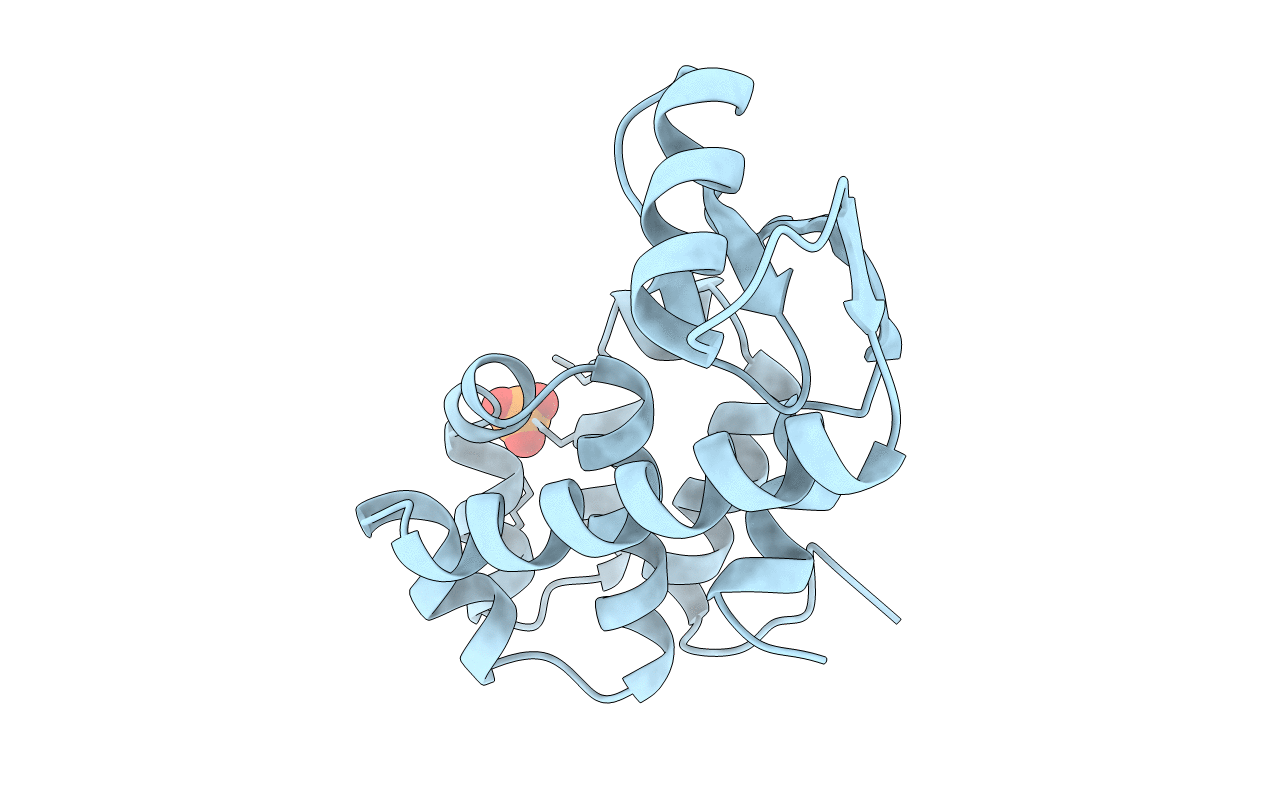
Deposition Date
1993-03-22
Release Date
1993-07-15
Last Version Date
2024-02-14
Entry Detail
PDB ID:
1TLA
Keywords:
Title:
HYDROPHOBIC CORE REPACKING AND AROMATIC-AROMATIC INTERACTION IN THE THERMOSTABLE MUTANT OF T4 LYSOZYME SER 117 (RIGHT ARROW) PHE
Biological Source:
Source Organism:
Enterobacteria phage T4 (Taxon ID: 10665)
Method Details:
Experimental Method:
Resolution:
2.00 Å
R-Value Observed:
0.16
Space Group:
P 32 2 1


